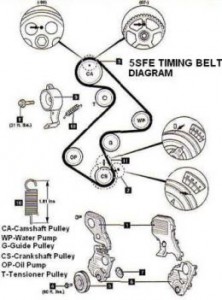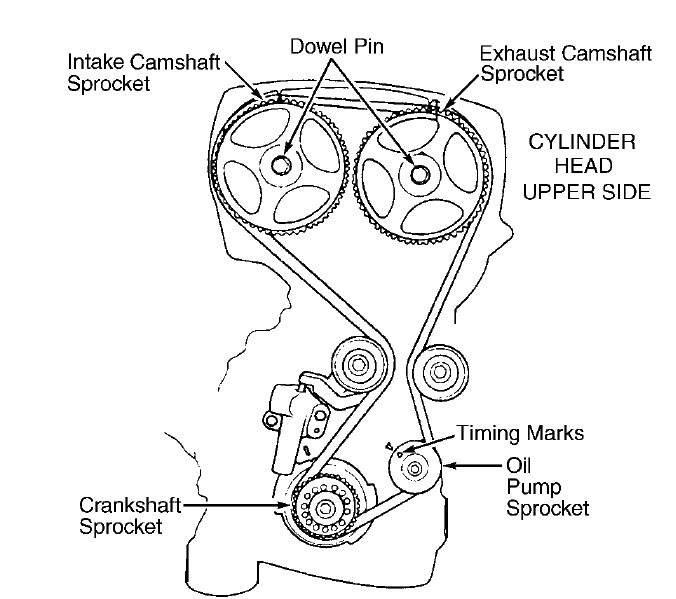No two words strike fear into the hearts of those of us who are not mechanically inclined like the words: transmission failure.
Checking my engine oil may be the extent of my automotive expertise, but I’ve learned that having a faulty automatic transmission can mean almost certain death for a vehicle. For most cars, particularly those that are getting on in life, the cost of replacing an automatic transmission exceeds the value of the entire vehicle – rather like totaling your car.
Fortunately, transmission failure does not happen randomly; indeed, catching the early signs of transmission trouble is easy if you know what to look for. Here are a few things you can do to make sure your automatic transmission doesn’t cause premature car death.
1) Own cars with manual transmissions. Ok, so this isn’t exactly a solution to maintaining an automatic transmission, but car owners should be aware of the differences between manual (standard) and automatic transmissions. Manual transmissions (or “stick shifts”) are more energy efficient than automatics, but more importantly, they have far fewer moving parts – which means way less maintenance and risk of part failure. Sure, you can talk on your cell phone, keep the kids in the backseat from fighting and drink your coffee simultaneously while driving an automatic, but a manual transmission will never conk out like an automatic.
2) Check automatic transmission fluid (ATF) regularly. This is really not hard – no harder than checking your oil levels. If you’re unsure exactly which dipstick is for the ATF or what to look for once you find it, watch this short video on how to check your car’s ATF. If you’re still unsure, there’s a great little auto repair shop on Fulton Street where the mechanics would be happy to show you.
Keep in mind, you’re looking for two things: level and color. The fluid mark needs to hit between the low and high marks, and it should be nice and red.
3) Change your ATF regularly! Although it may seem like this step would naturally follow the previous step, there are those of us (like me) who need the reminder. If your transmission fluid is dark, brown or muddy-colored, it’s time for a professional to take a peek and probably perform a transmission fluid flush.
Please think twice before taking your car to a drive-through service for transmission fluid flushes. There are many reasons why these places don’t always offer the best service for your money, but a certified AAA repair shop like Cars for Keeps will certainly give you a more thorough flush and overall checkup.
4) Listen to your car. As we’ve said here before, your car will usually tell you something is wrong before a major breakdown. Any out of the ordinary noises could be suspect, so bring your car in for inspection if you hear anything unusual. J.B. Herbert gives us a few pointers here:
Safe driving and healthy cars until next time!
 Expect to spend approximately 3 hours for just a belt replacement. Replacement of the water pump (approximately 1/2 hour) and sprocket seals (approximately 1/2 or less per seal) can vary.
Expect to spend approximately 3 hours for just a belt replacement. Replacement of the water pump (approximately 1/2 hour) and sprocket seals (approximately 1/2 or less per seal) can vary.